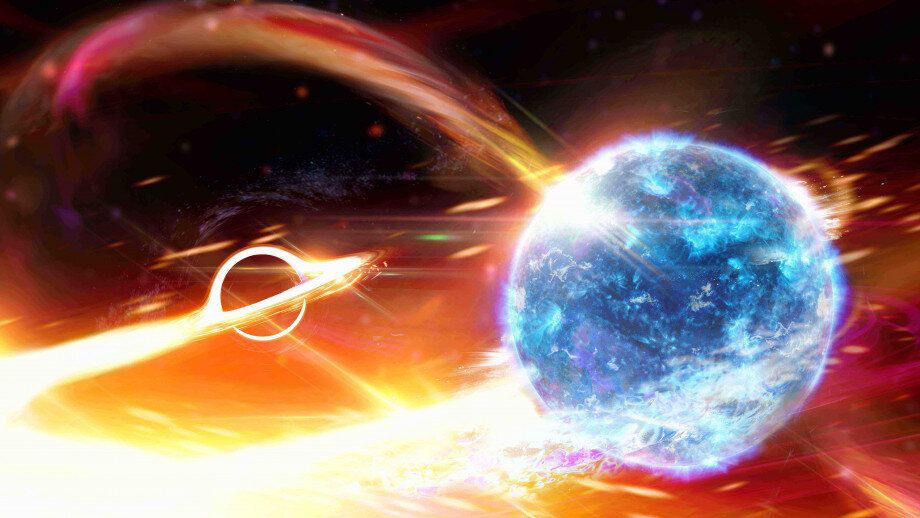Scientists at The Australian National University (ANU) have found a way to better detect all collisions of stellar-mass black holes in the universe.
Stellar-mass black holes are formed by the gravitational collapse of a star. Their collisions are some of the most violent events in the universe, creating gravitational waves or ripples in space-time.
These ripples are miniscule and detected using laser interferometers. Until now, many signals have been drowned out by so-called quantum noise on the laser light pushing the mirrors of the laser interferometer around—making the measurements fuzzy or imprecise.









Comments are closed.